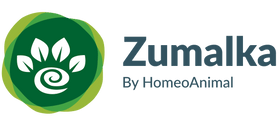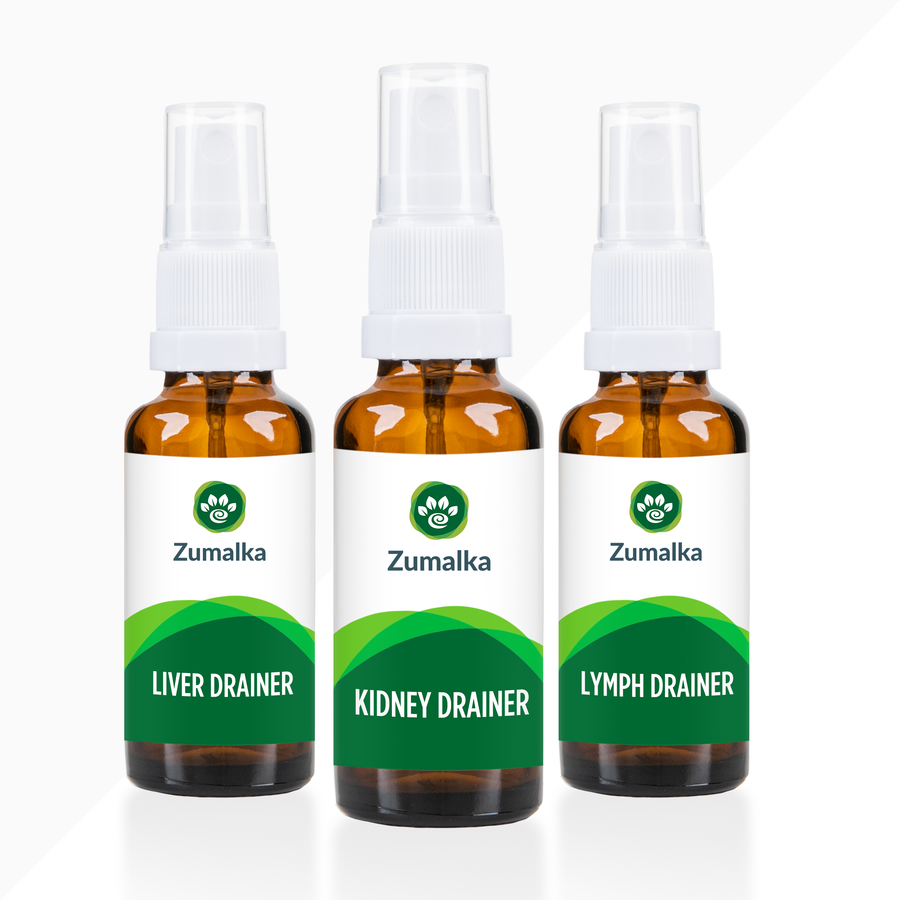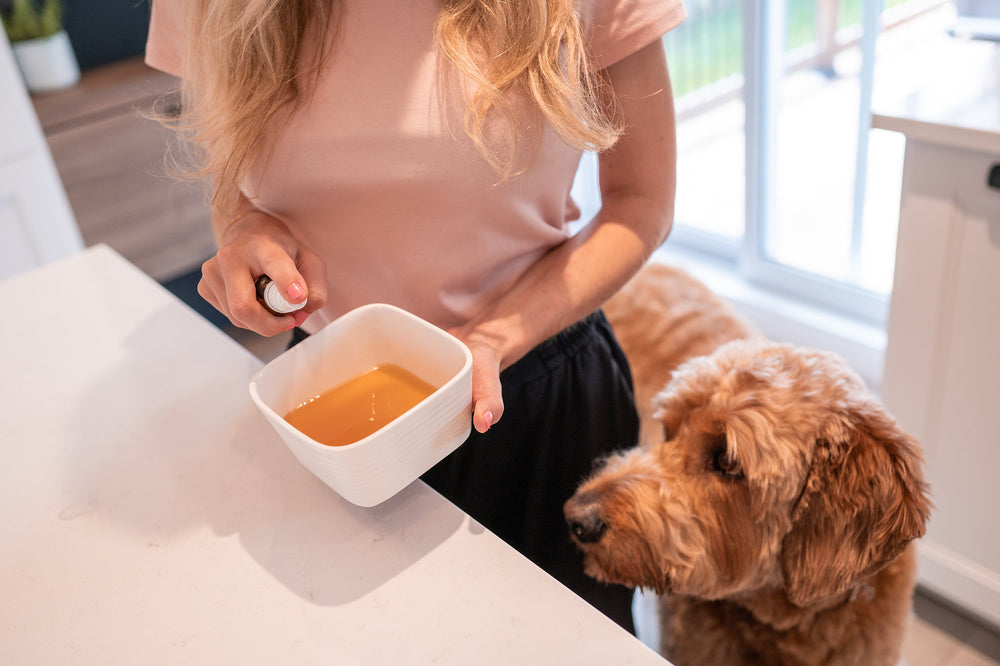Expert-Verified: Your Ultimate Guide to Senior Pembroke Welsh Corgi Grooming
List of Contents
- How to Care for Your Older Corgi’s Unique Double Coat
- Brushing Tips and Timing: The Secret to Controlling Shedding
- Senior Pembroke Welsh Corgi Bathing Tips: Keep Their Double Coat Clean and Healthy
- Grooming Trims Only: How to Keep Your Aging Corgi Tidy Without a Full Haircut
- Trimmed Nails, Happy Aging Corgi: Prevent Pain and Improve Mobility
- Senior Corgi Ear Cleaning Tips: Keep Upright Ears Healthy and Infection-Free
- Your Aging Dog’s Dental Health: A Vital Foundation for Well-Being
- Gentle Grooming Tips for a Happy, Stress-Free Senior Corgi
- Veterinarian or Groomer? When Expert Help Is Best for Your Senior Corgi
- Key Takeaways
- FAQs
Pembroke Welsh Corgis are adored for their cheerful personalities and thick, double-layered coats. Proper grooming keeps their coat healthy and shiny while enhancing their comfort and showcasing their natural charm.
This guide offers expert grooming tips tailored for senior Pembroke Welsh Corgis to help maintain their coat, comfort, and health. Regular at-home grooming supports their well-being and keeps them looking and feeling their best.
Grooming your aging Corgi at home can save money and create a more relaxed experience for your dog. With the right approach, it becomes a positive, bonding routine that benefits you both.
How to Care for Your Older Corgi’s Unique Double Coat

Corgis have a dense, weather-resistant double coat made up of a coarse topcoat and a soft, insulating undercoat. This unique coat structure protects them from the elements and requires regular grooming to stay healthy.
Senior Pembroke Welsh Corgis should not receive full haircuts, as their double coat is designed to regulate body temperature. Shaving can permanently damage the coat and reduce their natural protection against heat and cold.
A healthy coat starts with proper nutrition, making a balanced diet essential for your Corgi’s skin and coat health. If coat issues persist after ruling out medical causes, evaluate your dog’s food quality.
Brushing Tips and Timing: The Secret to Controlling Shedding
Regular brushing keeps your older Pembroke Welsh Corgi’s coat healthy by removing loose hair, preventing mats, and distributing natural oils. Aim to brush at least 2–3 times a week to manage shedding and maintain skin health.
Corgis typically shed heavily twice a year, known as “blowing their coat,” with the heaviest period in spring. Daily brushing during these times helps control shedding, promote healthy hair growth, and spot skin or flea issues early.
Recommended brushes and tools
- Use a slicker brush to maintain and smooth your Corgi’s outer coat. An undercoat rake or de-shedding tool is essential for reaching the dense undercoat and effectively removing loose hair during shedding seasons.
- A de-shedding tool is especially effective during seasonal shedding periods. It helps remove excess undercoat fur, reducing loose hair around your home and keeping your aging Corgi’s coat healthy and manageable.
- Combs come in various types, coarse, medium, fine, and extra fine, to suit different grooming needs. A greyhound-style comb with both coarse and medium teeth is especially versatile for managing tangles and maintaining coat condition.
- A pin brush is useful for fluffing your older Corgi’s coat and loosening undercoat hair when brushed against the grain. For a gentler alternative to slicker brushes, a porcupine-style bristle brush helps protect the healthy outer coat.
Brushing method
- Before brushing, make sure your Corgi is calm and relaxed by using treats and praise to create a positive experience. Check for mats or tangles, especially behind the ears, under the collar, and near the tail.
- Start with an undercoat rake or shedding blade, brushing from the neck down along the natural direction of the fur to lift out loose hair. Finish with a slicker brush to smooth and neaten the coat.
- Gently remove tangles using a wide-toothed comb or your fingers, working from the ends toward the base of the hair. For tight or severe mats, particularly around the tail and leg feathering, seek help from a professional groomer.
- Follow a consistent combing order to ensure thorough grooming: start with the hind legs, move to the thighs, pants area, sides, topline, chest, and finish with the face, skull, and ears. This method promotes even coat care and helps you spot tangles or issues early.
- Brush in the direction of your Corgi’s coat growth or at a right angle to prevent breakage. Avoid brushing against the grain. Applying a leave-in conditioner beforehand can ease detangling and protect the coat.
- Adding a small amount of coconut oil to your Corgi’s diet may help promote a softer, shinier coat. This natural supplement supports skin health and can enhance overall coat condition when used appropriately.
Senior Pembroke Welsh Corgi Bathing Tips: Keep Their Double Coat Clean and Healthy
Corgis typically only need a bath every 2–3 months, or when they become especially dirty or are shedding heavily. Over-bathing can strip their coat of natural oils, leading to dryness and irritation.
Always use a dog-specific shampoo to protect your Corgi’s skin and coat pH balance. Choose a high-quality formula that effectively cleans while enhancing shine and maintaining natural moisture.
Follow up with a dog-safe moisturizing conditioner to support your Corgi’s natural skin oils and prevent dryness. Massage 1 teaspoon of coconut oil into your pet’s skin and fur once a week as a natural, nourishing alternative to conditioner. Avoid using human products like shampoo, toothpaste or crème rinse, as they can irritate your dog’s skin.
After bathing, air drying or blow-drying while brushing in the direction of hair growth helps the coat dry flat and smooth. For quick clean-ups or travel, a waterless dog shampoo is a convenient alternative.
Grooming Trims Only: How to Keep Your Aging Corgi Tidy Without a Full Haircut

Corgis don’t need full haircuts because their double coat protects them and helps regulate body temperature. Shaving can damage the coat permanently and interfere with their natural insulation.
Light trimming around the ears, feet, and tail can help keep your Corgi looking neat without disturbing their natural coat. Always use sharp, high-quality grooming shears to ensure a safe and comfortable trim.
Use thinning shears to gently trim the underbelly and rear areas for a natural, tidy appearance. For paw care, a dog-specific trimmer helps clean up excess hair and maintain traction on smooth surfaces.
Trimmed Nails, Happy Aging Corgi: Prevent Pain and Improve Mobility
Consistent nail care is vital for your Corgi’s comfort and movement. Trim their nails every 4–6 weeks, and perform weekly checks to catch overgrowth or splitting before it causes pain or mobility issues.
Choose a dog-specific nail grinder or clipper for safe, effective trimming. Popular options include the Dremel rechargeable grinder for smooth shaping and guillotine-style clippers for quick, precise cuts.
When trimming your Corgi’s nails, take care to avoid the quick to prevent pain and bleeding. If using a grinder, shape each nail by gently working the right side, left side, and center for a smooth, rounded finish.
Begin nail trimming routines early, using plenty of praise and high-value treats to build positive associations. If your aging Corgi continues to resist, professional support from a groomer or vet can ensure safe, stress-free care.
After trimming, apply paw balm to keep your older Pembroke Welsh Corgi’s paw pads soft and protected, especially during extreme weather. Keep pet-safe wipes on hand for quick, convenient paw cleaning between walks and grooming sessions.
Senior Corgi Ear Cleaning Tips: Keep Upright Ears Healthy and Infection-Free
Corgis’ large, upright ears can easily collect dirt and debris, making weekly ear checks and cleanings essential. Use a dog-safe ear cleaner or gentle ear wipes to keep the area clean and infection-free.
If you notice any irregularities in your senior Corgi’s ears, consult a veterinarian or a qualified pet homeopathy expert promptly. Zumalka’s EAR CARE KIT is a great natural option to keep on hand for helping address ear debris, discomfort, or early signs of infection. Ignoring early signs of ear issues can lead to serious complications, including potential hearing loss.
Your Aging Dog’s Dental Health: A Vital Foundation for Well-Being

Consistent dental care plays a key role in your Corgi’s overall health. Use a dog-safe toothpaste and aim to brush daily, or as often as possible, to prevent plaque buildup. Introducing brushing early helps your dog become comfortable with the routine.
Choose a dog-safe toothpaste that doesn’t require rinsing and is safe for pets to swallow. Never use human toothpaste, as it can be toxic to dogs. Enzymatic formulas are especially effective for reducing plaque and maintaining fresh breath.
For brushing your dog’s teeth, use a pet-specific toothbrush or a soft washcloth to apply toothpaste. Finger toothbrushes are a gentle option, especially for dogs with sensitive gums or those new to brushing. Choose a tool that keeps your dog comfortable while ensuring effective cleaning.
Regular dental care is crucial, as dogs, like humans, are susceptible to gum disease, especially as they age. Left untreated, oral issues can lead to pain, tooth loss, and even systemic infections. Consistent brushing and preventive care help protect your dog’s health and reduce costly vet bills.
When brushing your dog’s teeth isn’t an option, due to stress, resistance, or other challenges, Zumalka’s TARTAR CONTROL KIT offers a natural, effective alternative. This gentle, plant- and mineral-based formula (featuring Calcarea fluorica, Silicea, and Fragaria) is designed to help soften plaque, reduce tartar buildup, and support healthy tooth mineralization as part of your dog’s daily wellness routine.
For instance, the homeopathic spray in the kit can be administered daily to actively dissolve existing tartar, while lower-frequency use helps prevent new plaque buildup. By combining this with gentle toothbrushing when possible, or even on its own, you're helping maintain strong, healthy, and mineral-rich teeth and fresh breath without causing trauma to your pet.
Gentle Grooming Tips for a Happy, Stress-Free Senior Corgi
Introduce grooming early in your Corgi’s life to help them build comfort and confidence with the process. Keep sessions short and rewarding, using praise and treats to create a positive, stress-free experience.
Incorporating grooming into your daily routine, like pairing it with regular brushing or dental care, helps make it a familiar and enjoyable habit. This consistency can help your senior Corgi feel more relaxed and cooperative over time.
Consistent grooming sessions allow you to notice early signs of health changes, such as new lumps, skin irritation, or soreness. Catching these issues early can support prompt care and help maintain your Corgi’s well-being.
Keeping your senior Pembroke Welsh Corgi calm during grooming is crucial for their comfort and well-being. Premium natural solutions like Zumalka’s CALMPET can help soothe anxiety and make the experience more enjoyable.
CALMPET is a natural homeopathic option designed to support your pet’s nervous system and improve emotional balance. Its synergistic blend of ingredients helps ease fear, tremors, noise sensitivity, and nervousness, promoting calm behavior and overall well-being.
Veterinarian or Groomer? When Expert Help Is Best for Your Senior Corgi
If your Corgi’s coat appears dull despite regular grooming, a veterinary checkup can help uncover potential health or dietary issues. Always consult your vet before grooming if your dog has a skin rash, irritation, or a suspicious lump to prevent further complications.
Severely matted fur or persistent grooming resistance, such as during nail trims, may require professional assistance. A groomer or veterinarian can safely handle these challenges while keeping your Corgi comfortable and stress-free.
If your senior Corgi’s coat remains dull or thin despite proper grooming and no underlying health issues, nutrition may be the cause. Evaluating and improving their diet can support coat health and overall well-being.
Key Takeaways
Routine grooming is essential to your senior Corgi’s overall health and happiness. With regular care and attention, you can help your dog stay comfortable, clean, and connected to you throughout their golden years.
With regular grooming, your aging Corgi will stay healthy, happy, and looking their best. As a naturally low-maintenance breed, Pembroke Welsh Corgis are easy to care for at home or in preparation for the show ring.
FAQs
Should senior dogs get groomed?
Yes, senior dogs need regular grooming to support skin and coat health, prevent tangles, and detect age-related concerns early. Gentle, consistent grooming also promotes comfort and mobility, while reinforcing the bond between you and your older dog.
What is excessive grooming in senior dogs?
Excessive grooming in senior dogs refers to frequent licking, chewing, or scratching that may indicate discomfort, anxiety, skin conditions, or pain. It’s important to consult a veterinarian to identify and address the underlying cause.
Is it okay to bathe a senior dog?
Yes, it’s okay to bathe a senior dog, but it should be done gently and only when necessary. Use lukewarm water and a dog-safe shampoo to protect their sensitive skin and maintain coat health. Take care to keep water out of your dog’s ears during baths, as trapped moisture can cause infections. If water does get in, gently dry the ears with a soft, clean towel.
How to groom an elderly dog at home?
To groom an elderly dog at home, use gentle tools, work on non-slip surfaces, and keep sessions short. Prioritize brushing, nail trimming, ear cleaning, and bathing with mild, dog-safe products for comfort and safety.
Is grooming stressful for dogs?
Grooming may cause stress in some dogs, especially if they’re anxious or unaccustomed to it. With patient handling, positive reinforcement, and a consistent routine, grooming can become a soothing, enjoyable experience for most pets.
Do senior dogs like to be cuddled?
Yes, many senior dogs enjoy being cuddled, as it provides comfort, warmth, and reassurance. Gentle affection can strengthen your bond and help older dogs feel safe, loved, and emotionally supported in their later years.









Leave a comment